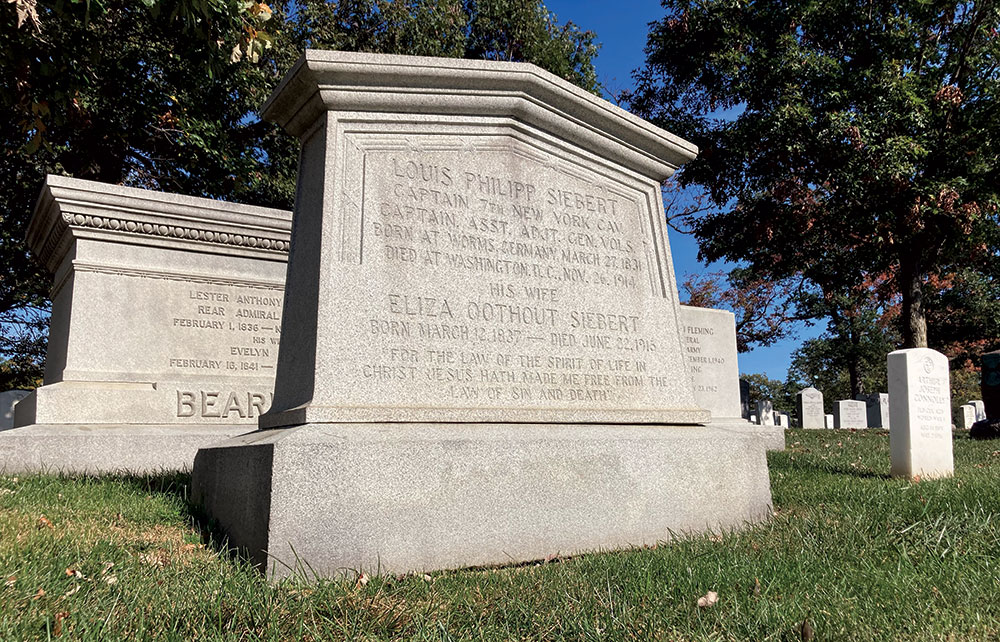When Brig. Gen. Charles C. Dodge searched for a permanent assistant adjutant general in the spring of 1863, he turned to a familiar face with a proven record: Capt. Louis P. Siebert. “He is an officer of considerable military experience abroad and in this country,” Dodge noted in his official request, adding, “For more than a year he has served under my command and always faithfully, ably and successfully.”

Born Ludwig Philipp Siebert in Worms, Germany, he immigrated to America in 1855 and settled in New York City. After the war began, he became a second lieutenant in Company A of the 4th New York Cavalry, which included German ex-patriots. He left less than a year later and joined then Col. Dodge’s 1st New York Mounted Rifles. After Dodge received his brigadier’s star in late 1862, he elevated Siebert to be his acting assistant adjutant general. In May 1863, Dodge successfully petitioned the Adjutant General’s Office in Washington, D.C., to make the move permanent.
Siebert remained with the Adjutant General’s Office through February 1865, earning high marks from well-known superiors, including Alfred T.A. Torbert, George Armstrong Custer and Philip H. Sheridan.

Siebert returned to New York City, married, and started a family. He remained in the city as a merchant until his retirement in 1882 at about age 51. He and his family spent the next 12 years living in his native Germany before returning to the U.S. and settling in the nation’s capital. In 1914, Siebert suffered a stroke and died at age 83. His wife, Eliza, and two children survived him. A post-war description by a comrade in the Mounted Rifles remembered Siebert as “a veteran Prussian cavalry officer of gigantic size and immense boots”—just as he is pictured here.
Most Hallowed Ground is part of the Arlington National Cemetery (ANC) Book Project. Established by Jim Quinlan, owner of The Excelsior Brigade, its mission is to identify approximately 15,000 Civil War veterans interred on the hallowed grounds of the cemetery, and to provide a biographical sketch and photograph of each individual. If you have an image to share, or would like more information about the ANC project, please contact Jim at 703-307-0344.
SPREAD THE WORD: We encourage you to share this story on social media and elsewhere to educate and raise awareness. If you wish to use any image on this page for another purpose, please request permission.
LEARN MORE about Military Images, America’s only magazine dedicated to showcasing, interpreting and preserving Civil War portrait photography.
VISIT OUR STORE to subscribe, renew a subscription, and more.

